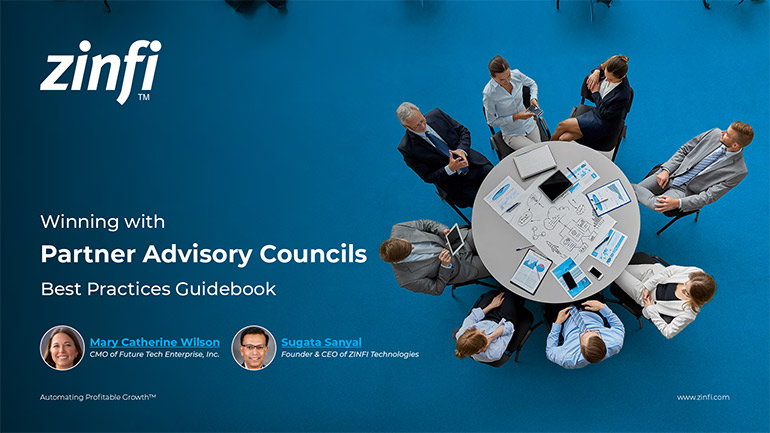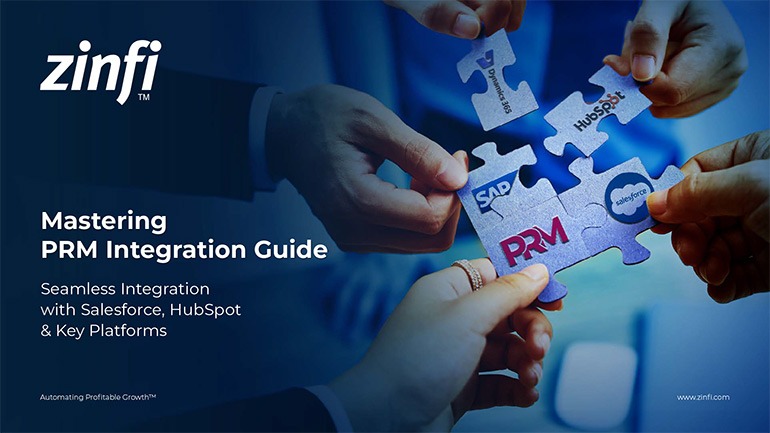Glossary - How to - Partner Onboarding Strategies
How to Implement Effective Partner Onboarding Strategies?
Introduction
Understanding Partner Onboarding Strategies
Partner onboarding strategies refer to systematic organization approaches to integrate new channel partners into their ecosystem, including training, resource allocation, and process automation to ensure that partners quickly understand their roles, access necessary tools, and start generating revenue. A well-structured onboarding strategy enhances partner engagement and accelerates time-to-productivity.
Partner onboarding is crucial in the partner relationship management (PRM) process, directly impacting partner success and retention. Without a streamlined onboarding strategy, partners may struggle with unclear expectations, insufficient support, and operational inefficiencies, leading to disengagement and poor performance.
The Role of Automation in Partner Onboarding
Automation significantly enhances Partner Onboarding strategies. PRM platforms streamline onboarding by providing centralized access to training materials, certifications, sales enablement content, and collaboration tools. Automated workflows ensure consistency in partner experiences, reducing manual efforts and eliminating delays. Organizations can scale their onboarding programs efficiently, improving partner satisfaction and long-term success by leveraging automation.
Key Takeaways:
Define Clear Onboarding Goals:
Before launching an onboarding program, organizations should outline specific objectives. These goals may include:
- Reducing partner ramp-up time
- Increasing partner engagement and sales performance
- Enhancing partner knowledge of products and services
Companies can design an onboarding process that aligns with business and partner needs by establishing clear goals.
Develop Structured Training Programs:
Training is the cornerstone of an effective partner onboarding strategy. Organizations should provide the following:
- Interactive e-learning modules
- Live training sessions and webinars
- Product demonstrations and hands-on workshops
Ensuring that partners receive comprehensive training fosters confidence and competence, driving higher sales and brand alignment.
Implement a PRM Platform:
A PRM platform streamlines onboarding by offering:
- A centralized portal for training and documentation
- Automated workflows for certification and compliance tracking
- Sales and marketing enablement resources
Using a PRM solution improves efficiency, enhances partner collaboration, and simplifies resource access, leading to higher productivity and retention.
Personalize the Onboarding Experience:
Every partner has unique needs, depending on their industry, expertise, and market focus. A personalized onboarding experience ensures greater engagement and satisfaction. Companies can achieve this by:
- Offering customized training paths
- Providing dedicated account managers
- Adjusting resources based on partner performance levels
Personalization increases partner motivation, fostering long-term commitment and success.
Monitor and Optimize Onboarding Performance:
Ongoing evaluation of the onboarding process is essential for continuous improvement. Key performance indicators (KPIs) to track include:
- Time taken to complete onboarding
- Partner engagement rates
- Sales performance post-onboarding
Regular feedback from partners allows organizations to identify gaps and refine their onboarding strategy for better outcomes.
Summary of Key Takeaways:
A successful partner onboarding strategy involves defining clear goals, providing structured training, leveraging automation through PRM platforms, personalizing the onboarding experience, and continuously monitoring performance. These best practices help organizations build strong, productive, and long-lasting partner relationships.
Key Examples:
- Automotive Manufacturing: In the automotive industry, onboarding strategies focus on training partners on compliance regulations, supply chain logistics, and after-sales service programs. Manufacturers use PRM platforms to provide digital training materials and track partner progress.
- Consumer Electronics: Consumer electronics companies emphasize product knowledge and sales enablement. Partners receive online training modules, product catalogs, and access to marketing assets to drive successful product launches and customer engagement.
- Energy Production: Energy firms prioritize safety and regulatory compliance in partner onboarding. Automated certification programs ensure that partners meet industry standards before participating in sales and distribution.
- Financial Services: Financial institutions use rigorous onboarding processes, including regulatory compliance training, data security protocols, and access to financial product portfolios.
- Food and Beverage: For the food and beverage industry, onboarding strategies focus on supply chain management, food safety compliance, and brand marketing support for distributors and retailers.
- Healthcare Services: Healthcare providers integrate partners by offering HIPAA compliance training, medical device usage guidelines, and sales enablement resources to ensure adherence to industry regulations.
- Information Technology: IT companies leverage automation to streamline partner onboarding, offering online certifications, technical training, and sales enablement materials through PRM platforms.
- Pharmaceutical Development: Pharmaceutical firms require extensive compliance training for their partners, ensuring adherence to FDA regulations and drug distribution protocols.
- Retail Industry: Retailers use onboarding strategies to educate partners on point-of-sale systems, merchandising standards, and seasonal promotions for optimized sales performance.
- Telecommunications: Telecom companies provide structured training on network solutions, service plans, and customer support tools to ensure partners deliver seamless connectivity solutions to customers.
Conclusion:
Implementing an effective partner onboarding strategy is crucial for optimizing partner engagement, enhancing productivity, and driving revenue growth. By leveraging automation, structured training, personalization, and continuous monitoring, organizations can ensure a seamless onboarding experience for their partners. A strong onboarding program sets the foundation for long-term collaboration and mutual success.
Associated Keywords:
- Partner Onboarding Best Practices
- How to Streamline Partner Onboarding
- Automated Partner Onboarding Process















